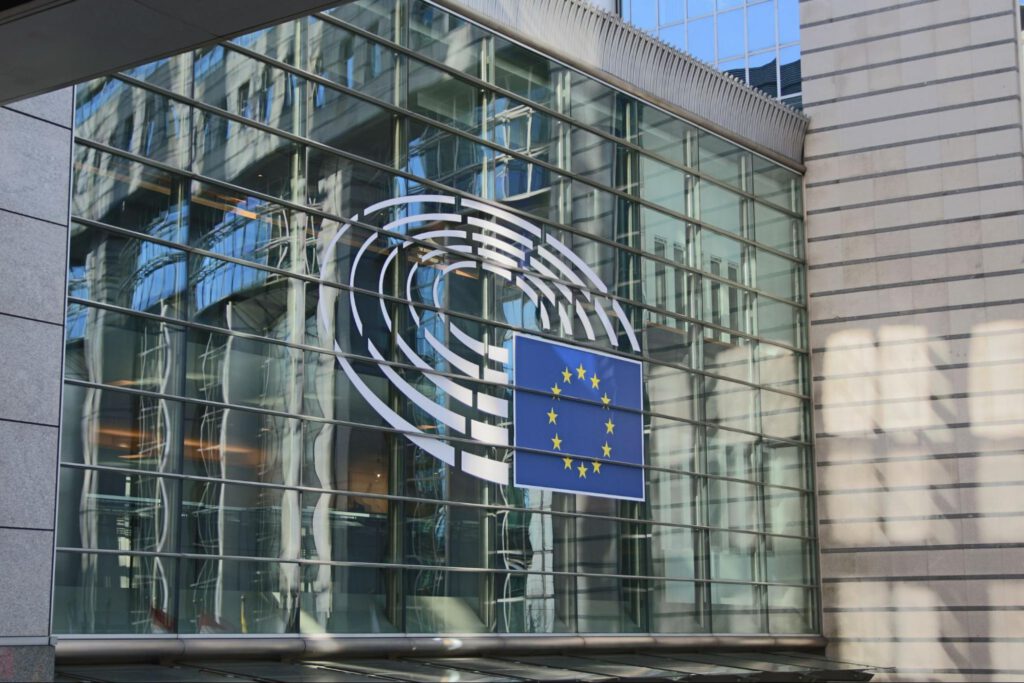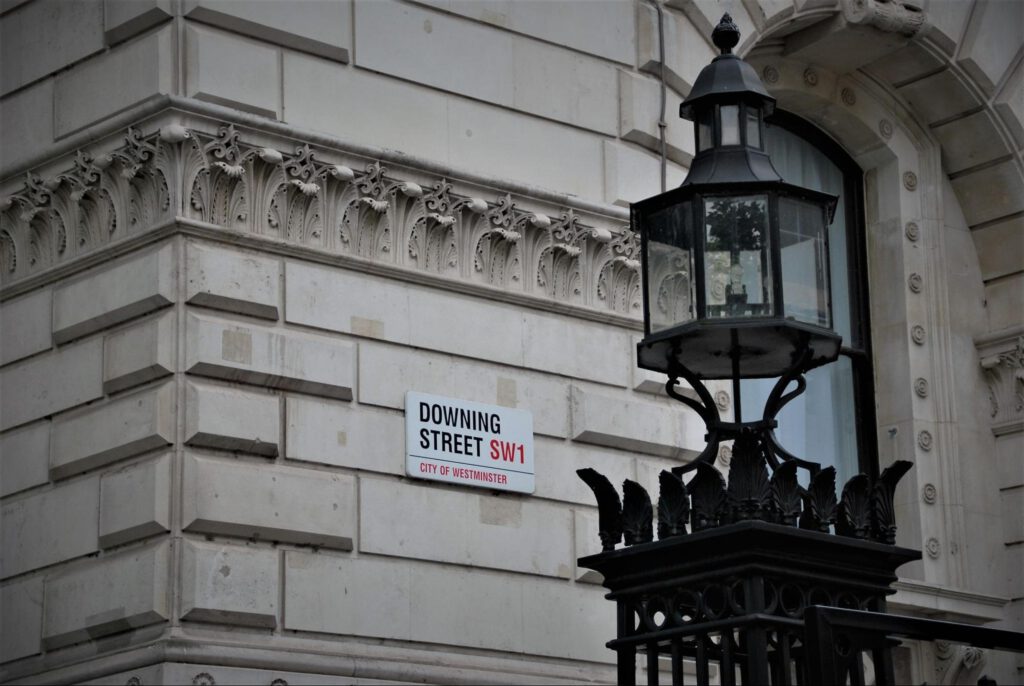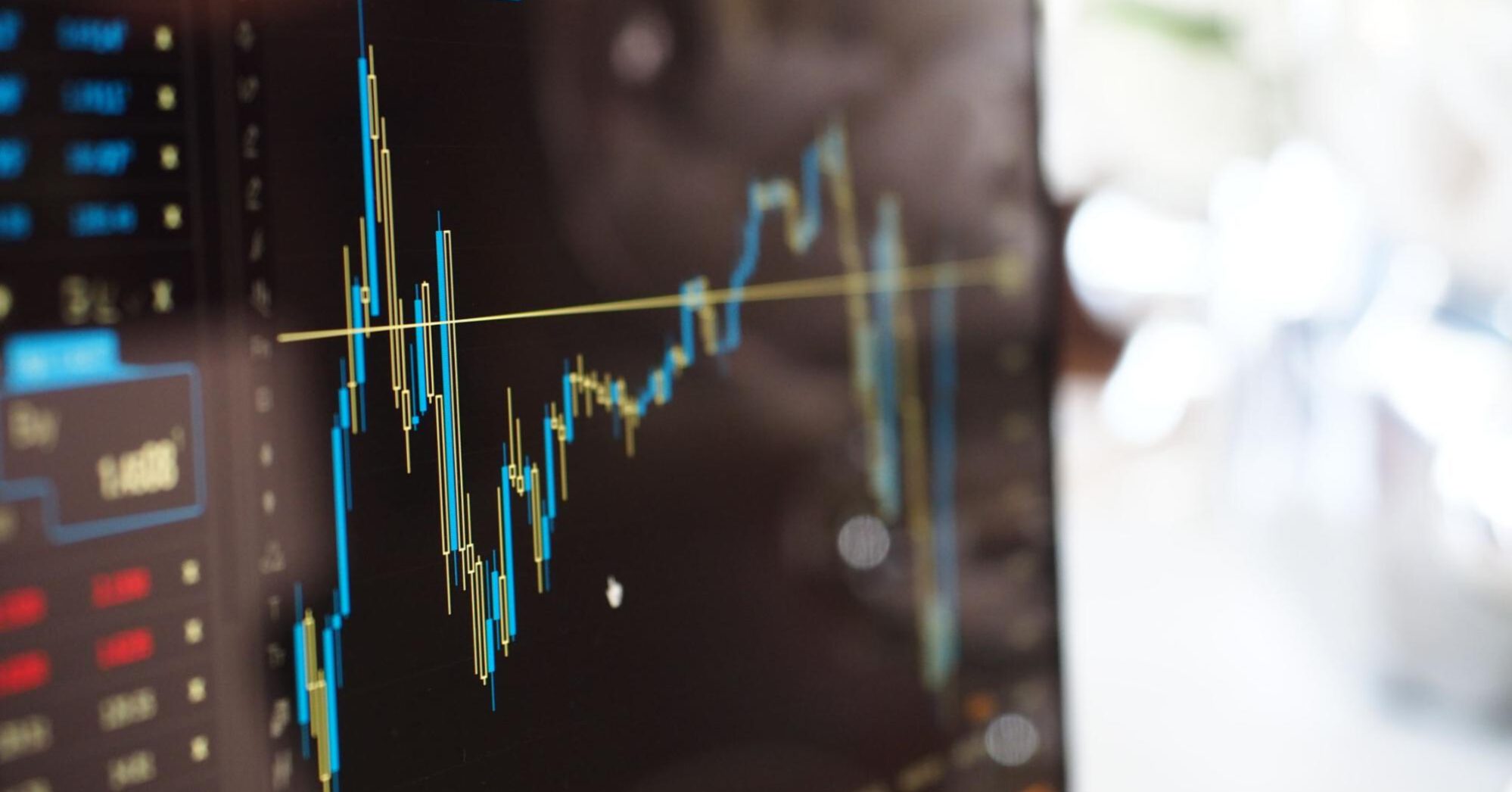The Chinese tech crackdown, Evergrande crisis, UK gas shortage, and rising energy prices considerably weighed on investors in September. The dollar was up considerably, as investors looked for safe havens.
Dollar rises on expected FED bond tapering, China risks
The beginning of September saw oil prices drop after OPEC+ reached an agreement on its policy of gradually increasing supply. Rising coronavirus also impacted the price, as did shutdowns in U.S. refineries, which are a key source of demand for crude.

© Lasse Rindsborg on Unsplash
Layoffs fell to the lowest point in more than 24 years. The inflation numbers were favorable as well. The CPI was up just 0.1%, against the projected increase of 0.3%.
Strong economic data prompted expectations that the Federal Reserve might begin asset tapering earlier than expected. The expectations of tapering further strengthened the dollar. However, rising COVID cases in the country caused some concern among investors and prompted the Federal Reserve to delay pulling back its stimulus package.
Near the end of the month, U.S. stock indices dropped on concerns over global growth, the Chinese Evergrande crisis, and the Fed’s potential tapering. Oil, on the other hand, rose to a six-week high, as U.S. output remained slow to return two weeks after Hurricane Ida slammed into the Gulf Coast, with its impact lasting more than the market expected.
The Fed clarified that it would “soon” taper the purchase of assets. This helped strengthen the dollar.
Near the end of the month, the economy rallied on better US-China relations. However, the costs of U.S. government borrowing hurt tech stocks, as investors bet on rising interest rates. The U.S. Dollar Index rose steadily all month, reaching 94.34 by the end of the month—its ten-month high.
ECB turns hawkish—insists it is not tapering
In September, the ECB joined other major central banks in a hawkish stance on inflation.
Christine Lagarde, the President of the European Central Bank (ECB), announced taking a first step towards unwinding the monetary stimulus. The ECB has set a new monthly target of €60 – €70 billion. The old target was €80 billion.
The ECB slowed its asset purchases that were meant to support the economy during the coronavirus pandemic. Lagarde made it clear that this move should not be considered tapering. Instead, the ECB has opted to “calibrate the pace of our purchases in order to deliver on our goal of favorable financing conditions.”

© Guillaume Périgois on Unsplash
This change of ECB policy has left the Federal Reserve as the only major central bank that was dovish on inflation. This contrast in tone has temporarily bumped the EUR/USD exchange rate to 1.19 in September—the highest level since July.
However, the economic data from the Eurozone was mixed, which capped Euro’s gains. Eurozone’s investor sentiment data showed a further decline in early September. The metric dropped to 19.6 from 22.2 in August, the lowest level since April. In Germany, ZEW economic sentiment data declined to 26.5 from 40.4, missing estimates of 30.0.
Despite the worsening economic data, the French finance minister stated that the government is sticking to the growth target for the French economy of 6% in 2021 and 4% in 2022.
Mid-month, the German economy ministry stated that the GDP growth is likely to increase significantly in the third quarter of 2021, adding that the growth is expected to normalize in Q4.
German elections results near the end of September showed that the country is likely to be led by a center-left SPD in coalition with the pro-business FDP and the Greens. The business was relieved with the low poll numbers of the far-left Linke. Germany is expected to stay the course set for it by Merkel while doubling down on its “Green” initiatives.
Tax hikes put pressure on GBP as BoE hawkish on rates
UK’s manufacturing activity rose in August, data released near the begging of September showed. Markit PMI data was at 60.3, beating expectations at 60.1.

© Jordhan Madec on Unsplash
GPB faced some pressure in mid-September after Prime Minister Boris Johnson announced a tax hike to pay for his proposed healthcare and social security reform. The proposed 1.25% levy would be based on national insurance contributions.
The Bank of England left its monetary policy on hold with its quantitative easing program set to end in December. The BoE’s Monetary Policy Committee concluded that the case for tightening has strengthened and that they cannot rule out a rate hike before December.
The UK’s fuel crisis had aggravated near the end of September, as two-thirds of its the country’s fuel stations were out of fuel.
Canada’s recovery threatened by COVID, inflation
September opened with favorable August data for Canada’s business activity. Markit Manufacturing PMI rose to 57.2 from 56.2 in July, better than the expected 56.4.

© Rachael Annabelle on Unsplash
On the other hand, Canada’s trade numbers showed a narrowing of surplus. July’s surplus was at C$778 million, down from C$2.6 billion in June, missing expectations of C$1.4 billion.
Concerns over the spread of COVID delayed the tightening of monetary policy, as the Bank of Canada left its key interest rate at 0.25%. However, inflation might prompt tightening in the future. August CPI increased 4.1% from 3.7% in July, worse than the expected 3.9%.
Japanese production outlook hammered by COVID
September saw Japan continuing to struggle with a severe COVID-19 pandemic, as the Bank of Japan expressed concerns over the economic recovery.

© Cory Schadt on Unsplash
Japanese now-former Prime Minister Yoshihide Suga denied planning to dissolve the lower house of the Parliament, a key step in calling for a snap election.
Mid-September, the Japanese government cut growth expectations for the country as a surge in COVID cases disrupted manufacturing and hurt consumer confidence.
Near the end of the month, the Bank of Japan announced no changes to monetary policy. Japan’s state pension fund announced it would not invest in Chinese government bonds even as FTSE Russell’s WGBI fund starts to include Chinese bonds later in 2021.
Wrap Up
Major central banks continued with their hawkish stance, save the U.S. Despite that fact, the dollar index rose in September, due to the dollar being perceived as a safe haven for investors. Europe was the first to start “withdrawing support,” while the UK continued with its hawkish comments. COVID continued to weigh heavily on Japan and Canada.




